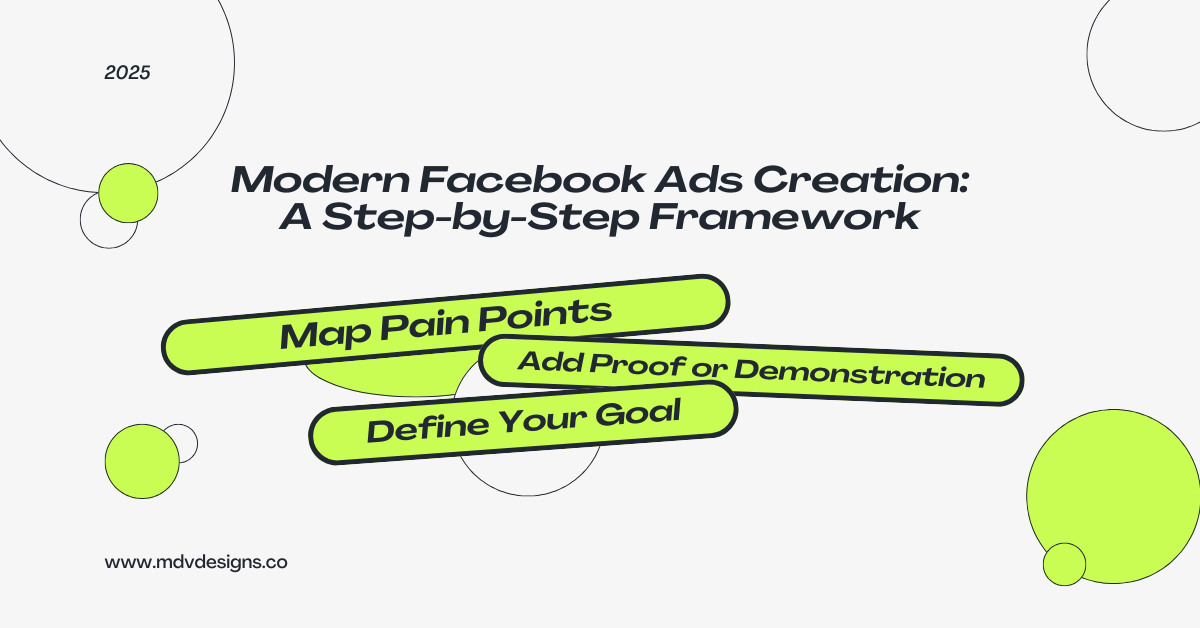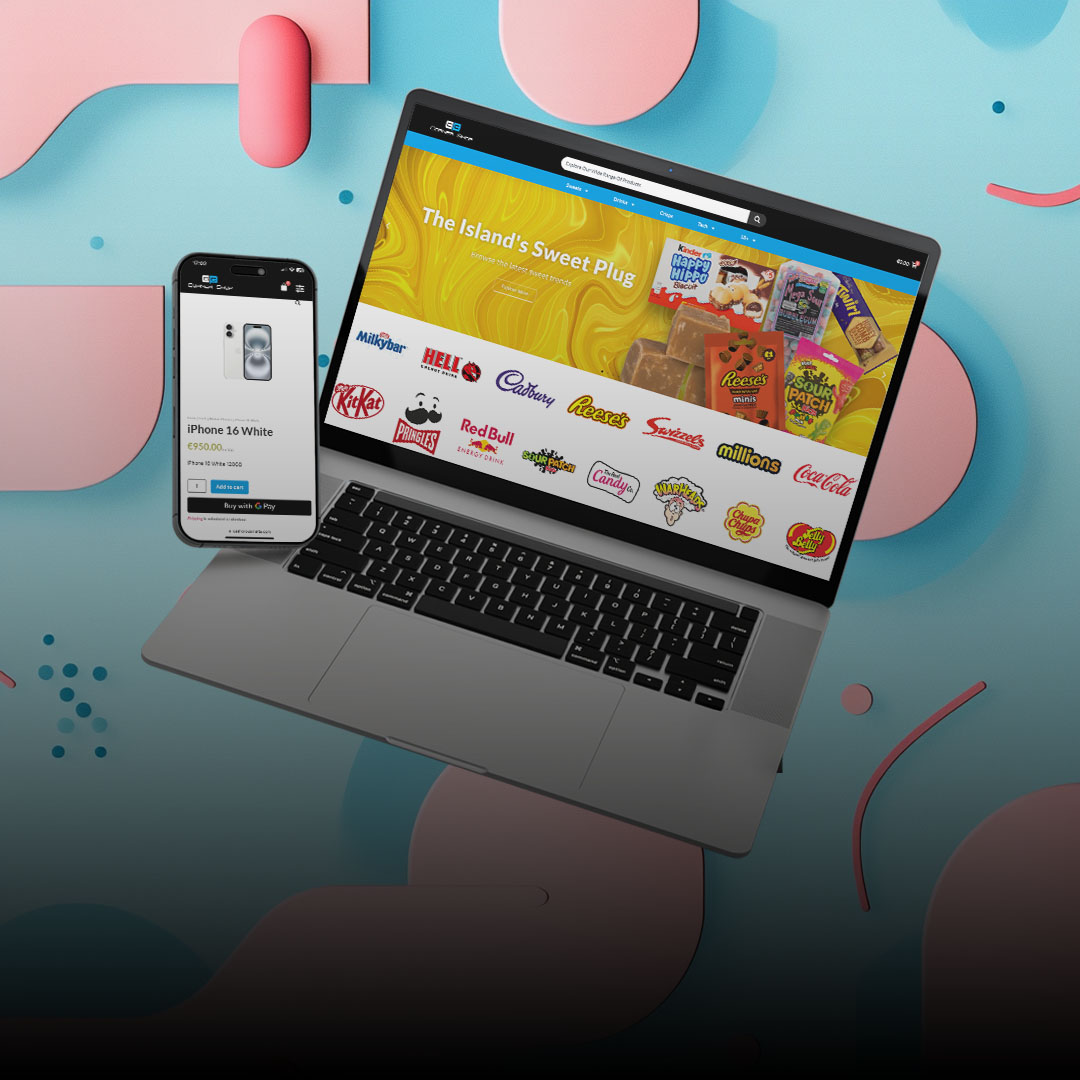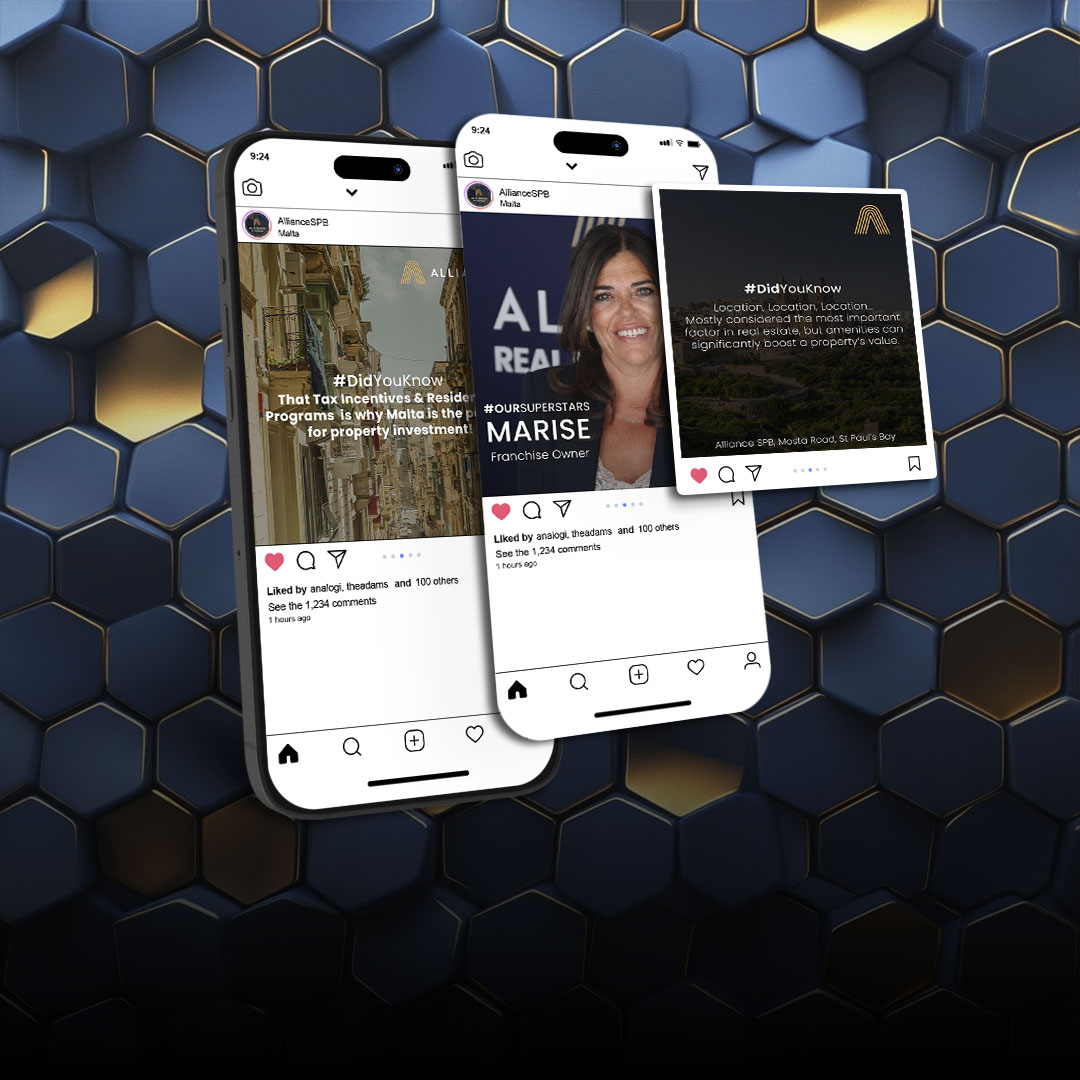If you run Facebook ads, your ad strategy has never been more important.
Success today depends on how you plan and structure your creativity rather than just the images or videos you choose.
Key Takeaways
- Begin with a clear goal before creativity.
- Personas and pain points drive relevant messaging.
- Use proof to establish credibility.
- Provide multiple variations of text and creative for optimization.
- Consolidate campaigns and ad sets for better algorithm performance.
- Measure at the ad set level and iterate based on aggregate results.
Advertisers now have less control over targeting levers, which makes the ad itself the most powerful way to influence results.
Meta’s Andromeda update has shifted the landscape. Creative diversification now replaces micromanaged targeting as the lever advertisers can actually manage.
Because of this, you can’t approach ad creation casually.
A successful strategy requires careful thought and planning. Many advertisers make the mistake of starting with an image or video and working backward, but creativity should come several steps into the process rather than being the starting point.
This framework provides a structured approach that you can adapt to your needs, whether you want to keep things simple or expand into more complex campaigns.
1. Define Your Goal
Before creating any ad content, you need to define a clear objective.
Your goal anchors your copy, creative, and even budget allocation.
Choosing a performance-focused goal is critical. Conversion-centered goals are ideal, either purchases or leads, depending on the type of business you are and what you want to achieve.
For this approach, we recommend starting with a single campaign and one ad set.
While there are exceptions where segmentation is helpful, consolidating whenever possible gives Meta’s algorithm more data and a better chance to optimize effectively.
Once your goal is established, you have a foundation for every other decision in the campaign.
2. Define Your Buyer Personas
Next, identify who you are trying to reach.
This isn’t about targeting inputs as in the past; today, Meta uses targeting more as guidance than a strict filter.
What matters most is creating a creative that resonates with your audience.
Develop profiles of your ideal customers, considering their demographics, roles, and situational context.
Think about who you want to inspire and how your product can make a meaningful difference in their lives.
You may have a single persona or multiple, and each one should inform your ad messaging and creative choices.
Spending time upfront to understand these groups makes it easier to craft relevant and compelling ads.
3. Map Pain Points to Product Solutions
With your personas in place, list the challenges and frustrations each one faces.
Identify common roadblocks and consider how your product can provide meaningful solutions.
This exercise highlights the transformation your product offers and helps clarify the “why” behind your ads.
To get inspiration for potential pain points, look to Reddit, forums, or even competitors’ reviews.
Understanding the obstacles your audience faces allows you to position your product as the solution in a way that feels genuine and relevant.
4. Add Proof or Demonstration
It’s not enough to simply claim that your product solves a problem.
You need to substantiate those claims with proof.
This is what builds credibility and demonstrates that your solution works.
Proof can take many forms: direct demonstrations, social proof through reviews or user-generated content, authority proof with data or expert endorsements, aspirational content showing lifestyle transformation, educational explanations, or comparisons versus alternatives.
The message flow should be clear: Pain Point → Solution → Proof. Each ad should tell this story succinctly to build trust and engagement.
5. Develop Message Variations
Once you have the basic ad skeleton, it’s time to create variations.
Each persona, pain point, and proof style combination is a separate ad concept.
For example, if you have one persona with two pain points and two proof styles, that equates to four distinct ads.
Then expand these with text variations. Meta allows up to five primary texts and five headline options per ad, and using multiple options increases the likelihood of success.
Different text angles, short, medium, long, direct, aspirational, or data-driven, help you reach the same audience in multiple ways and give the algorithm more options for optimization.
6. Match Multiple Creative Formats
Creative formats bring your ads to life, and you should experiment with three main options: static images, videos, and carousels (images or videos).
There are several ways to structure these: you can create separate ads per format, customize creatives for specific placements, or use Flexible Format, which allows up to ten creative assets in one ad while Meta optimizes delivery.
Flexible Format is useful for variety, but it offers less control. Start with separate or customized creatives for key placements and add flexible formats where appropriate.
It’s also important to match proof styles with formats; for instance, lifestyle transformations might work best in video, while testimonials may be more effective as images.
7. Adapt Creative for Placements
Placement variations affect how people consume content.
Ads should be tailored to their environment, including aspect ratios and video lengths.
Reels and Stories typically use 9:16, while Feeds often use 4:5 or 1:1.
Video durations may need adjustment depending on placement capabilities, and user behavior differs across platforms, making it critical to design creatives that feel native to each location.
8. Assemble and Publish
Instead of multiple campaigns and ad sets for different strategies, consolidate into one campaign and a single ad set.
Use broad targeting, include all placements, and populate with diverse creatives covering personas, pain points, proof types, and formats.
Meta will determine which ads perform best.
The goal is to provide enough options for the algorithm, rather than forcing equal delivery across all ads.
9. Measure, Learn, Iterate
After publishing, allow time for the ad set to accumulate data.
Avoid evaluating individual ad performance too quickly, and focus on aggregate results at the ad set level.
Some ads will naturally get more impressions, but even those with less visibility may contribute to conversions.
If the ad set performs well overall, leave it alone.
If performance is lacking, refresh with new copy, creative, or proof approaches.
Ad creation is an iterative cycle: launch, learn, adjust, and relaunch.
10. Your Next Steps
Now you know what to do to get your Facebook ads live.
1) Start by clearly defining your goal and identifying your buyer personas. Map their pain points to your product solutions, and choose proof that makes your message credible.
2) Develop multiple message variations, match them with the right creative formats, and adapt everything for each placement.
3) Consolidate your campaign and ad set, publish, and then measure performance at the ad set level. Iterate based on what the data tells you.
We can help you with Facebook Ads
If this feels overwhelming, don’t worry, or you are too busy to implement it, we can help you.
We can handle the entire process for you – from conceptualization and market research to audience analysis, ad creation, campaign management, and scaling.
You focus on your business while we make sure your Facebook ads are optimized and performing at their best.
FAQ
Q: Should I still create multiple ad sets for different audiences?
A: Broad targeting plus creative variation is usually more effective than splitting into many ad sets.
Q: How many ads should I run?
A: Start with simple combinations of persona, pain point, and proof style, then scale. Multiple options give Meta more flexibility.
Q: Do I need video, or can images be enough?
A: Both formats are important. Use multiple creative types to match audience behavior and placements.
Q: How do I know if an ad is failing?
A: Focus on overall ad set performance over time. Individual ads may underperform but still contribute indirectly.




